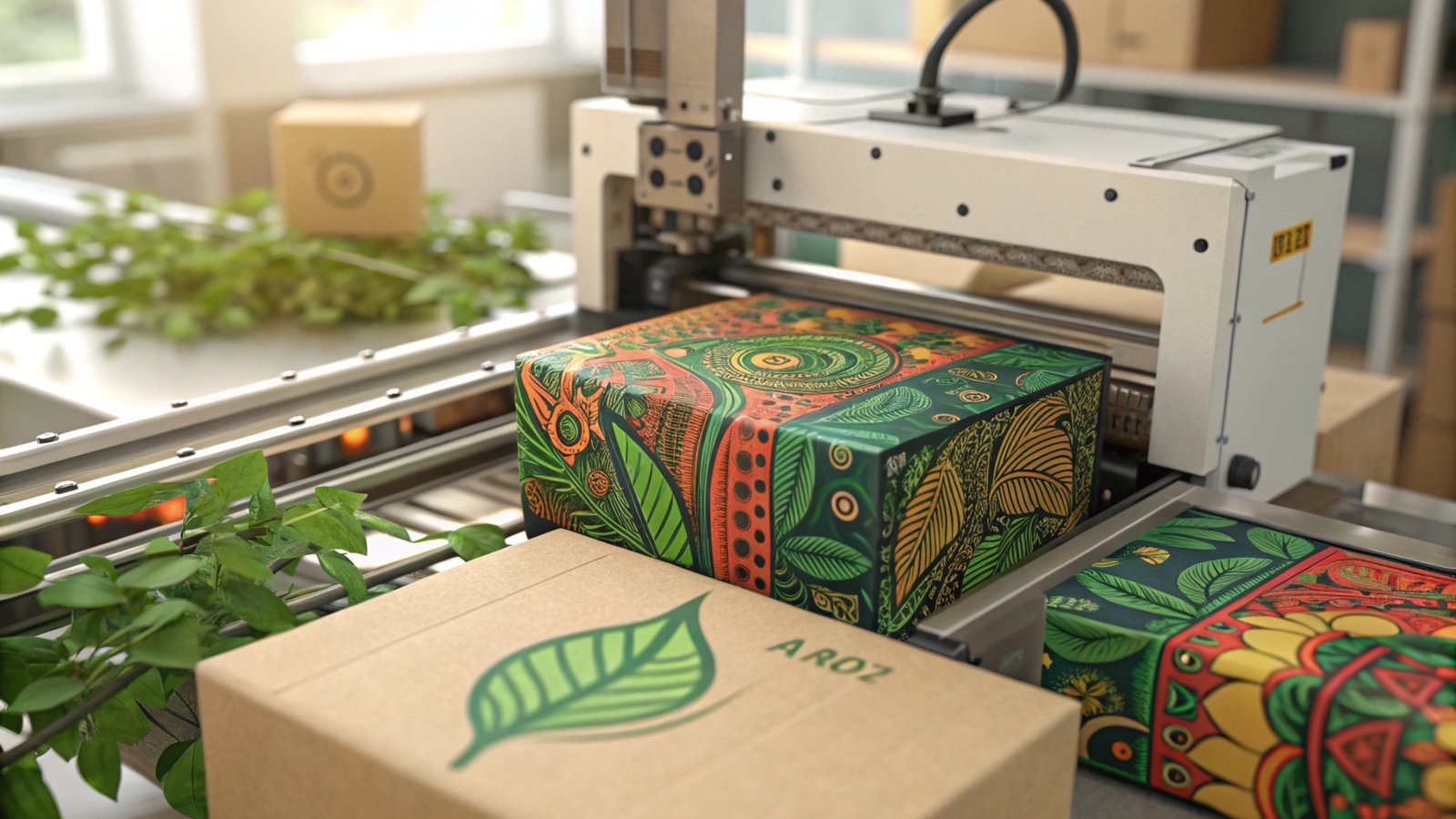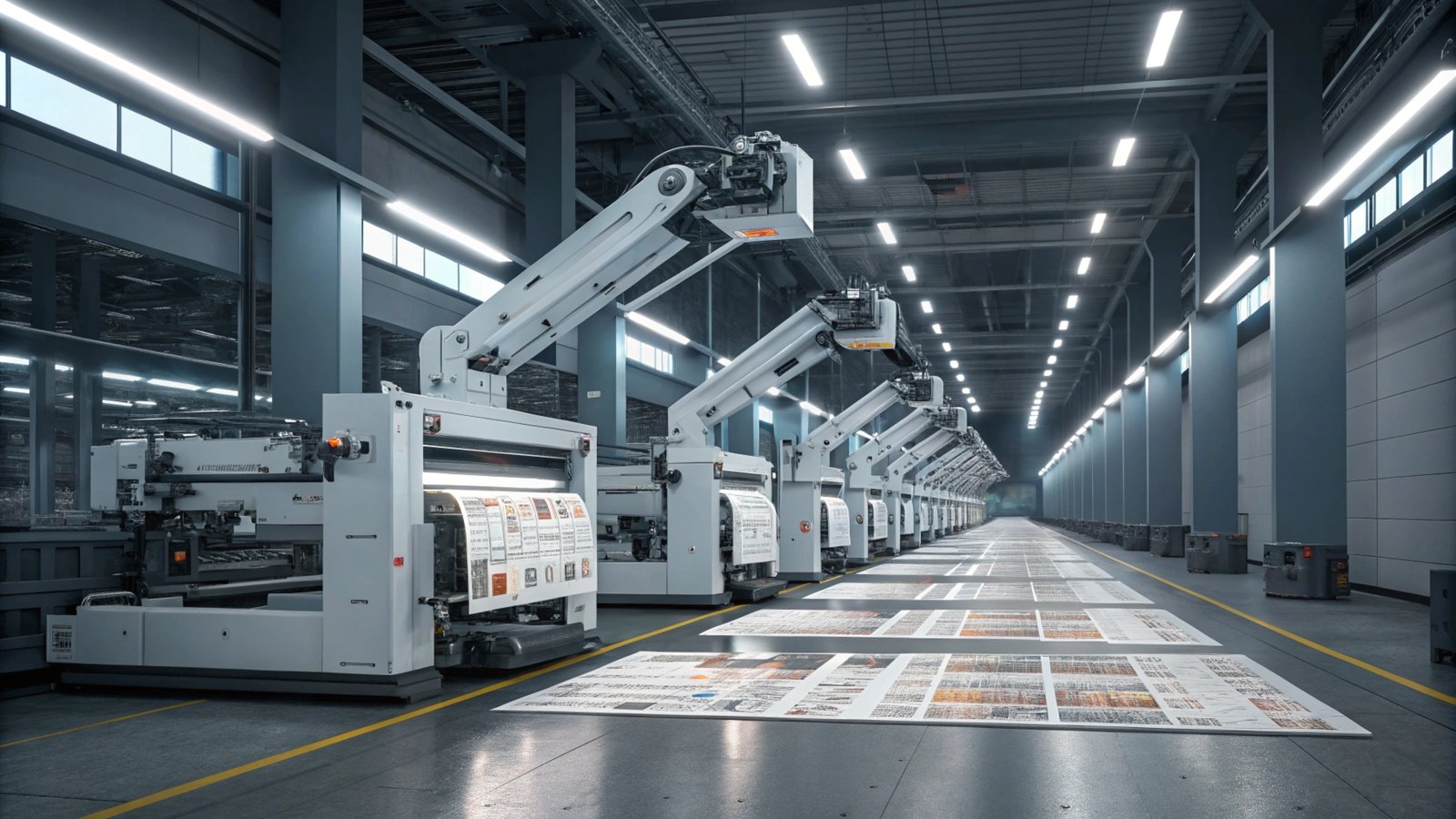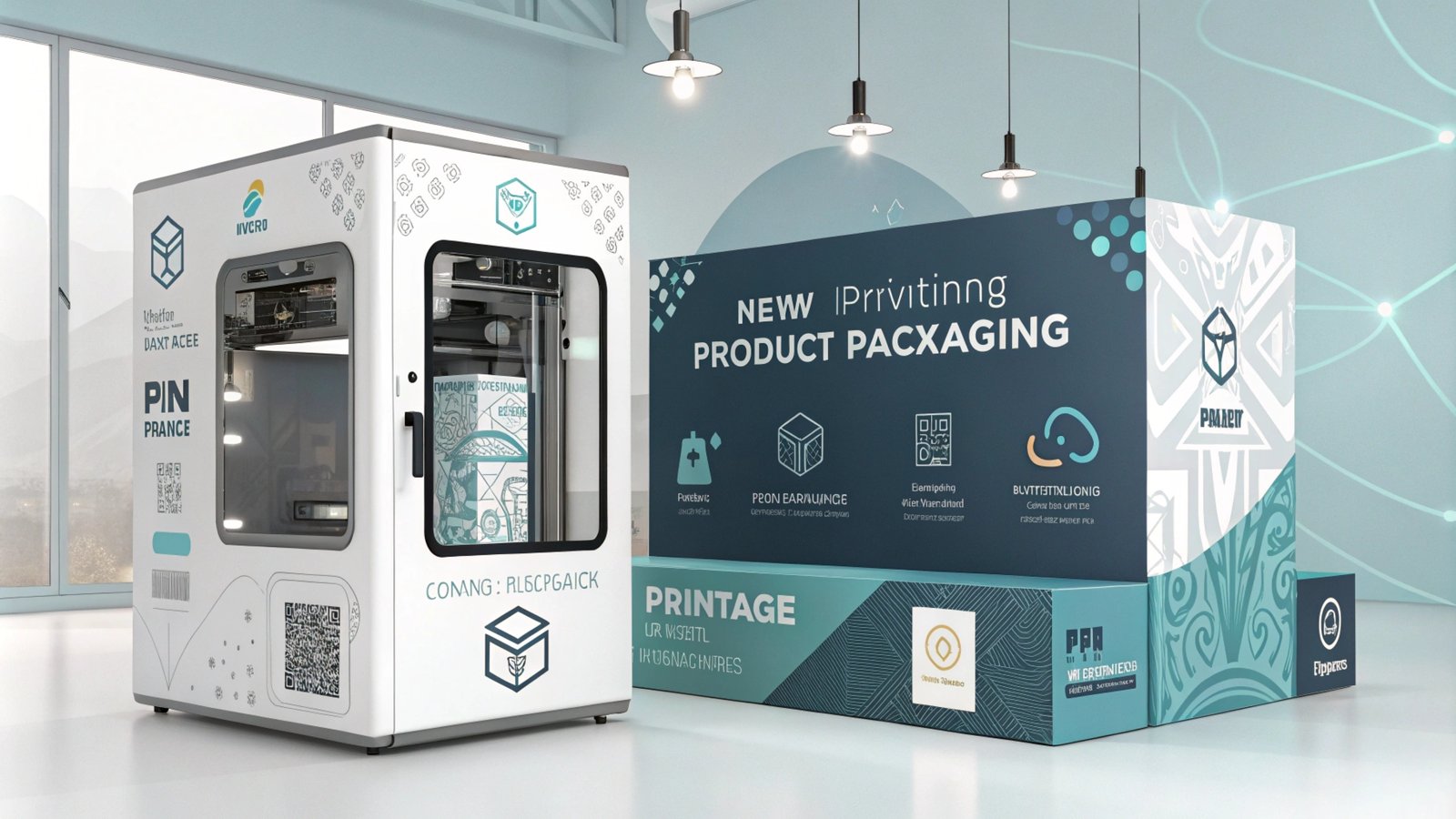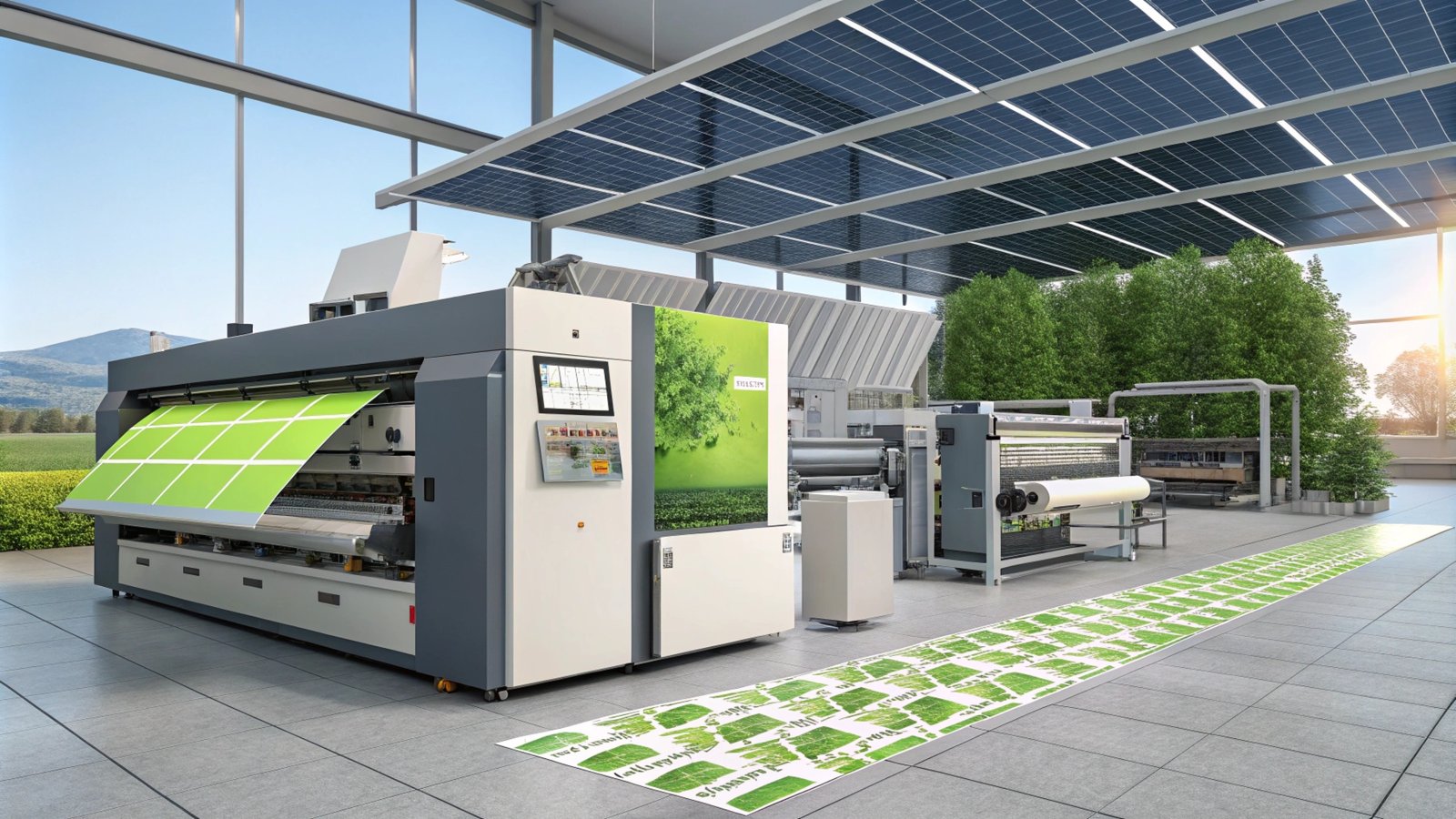
printing technology has revolutionized the packaging industry. Businesses now need innovative solutions to meet customer demands and remain competitive in this fast-paced market.
Modern printing technology enhances efficiency, customization, and sustainability in packaging. It enables businesses to create unique designs while reducing production costs.
Let’s explore the advancements, impacts, and future of printing technology and its role in transforming the packaging industry.
What are the technological packaging advancements in?
Technological advancements in packaging have reshaped how companies design and produce their materials. New tools and techniques ensure that packaging is not only functional but also visually appealing.

Advancements like digital printing1, AI integration, and eco-friendly materials have revolutionized packaging production, making it more efficient and customizable.
Dive deeper into advancements in packaging
Digital Printing Revolution
Digital printing allows for high-quality designs at lower costs. Unlike traditional printing, it enables quick adjustments without the need for extensive setup.
- Advantages:
- Faster production cycles
- Customization for short runs
- Precise color control
| Feature | Traditional Printing | Digital Printing |
|---|---|---|
| Setup Time | High | Low |
| Cost for Small Runs | Expensive | Affordable |
| Flexibility | Limited | High |
Smart Packaging
Smart packaging2 integrates technology, such as QR codes and NFC chips, to enhance user experience. Customers can scan a package to access additional product details or promotional content.
Eco-Friendly Solutions
Sustainable packaging materials, such as biodegradable plastics and recycled paper, meet the growing demand for eco-conscious products. Combined with advanced printing techniques, brands can highlight their commitment to sustainability.
How has technology impacted the print industry?
Technology has fundamentally changed the way the print industry operates, from production processes to the final output.

Technology has streamlined operations, increased output quality, and reduced waste in the print industry.
Dive deeper into the impact on the print industry
Automation and AI Integration
Automation reduces manual labor, speeds up processes, and minimizes errors. AI-powered software optimizes layouts and enhances image quality automatically.
- Example: Automatic inspection systems detect defects during production, ensuring consistent quality.
Sustainability Focus
Eco-friendly printing technologies, such as waterless printing and soy-based inks, have become standard practices. These methods reduce harmful emissions and align with environmental regulations.
Enhanced Design Capabilities
Advanced software like Adobe Creative Suite and CAD tools allows designers to experiment with complex visuals and interactive packaging elements. This encourages creativity and innovation in packaging design.
Globalization and Scalability
Cloud-based systems enable global teams to collaborate on designs seamlessly, reducing lead times and ensuring consistent branding across regions.
What is the importance of printing in packaging?
Printing is the cornerstone of effective packaging. It communicates the brand’s message, attracts customers, and provides critical information.

Printing transforms packaging into a marketing tool, helping businesses connect with their target audience effectively.
Dive deeper into printing’s importance in packaging
Branding and Consumer Engagement
The first interaction a customer has with a product is through its packaging. Eye-catching designs and clear messaging can influence purchasing decisions.
- Example: Premium brands often use embossing and metallic inks to convey luxury.
Informational Value
Packaging must communicate essential product details, such as ingredients, usage instructions, and expiration dates. High-quality printing ensures readability and compliance with regulations.
Differentiation in a Competitive Market
In crowded markets, unique and creative printing can set a product apart. Techniques like foil stamping, UV coating, and 3D effects make packaging memorable.
Sustainable Branding Through Printing
Brands can use printing to highlight sustainability efforts. For example, using eco-friendly inks and printing certifications on the packaging resonates with environmentally conscious consumers.
In what ways do you think 21st-century technology is changing the printing industry?
The 21st century has ushered in groundbreaking innovations that redefine the printing industry. These changes are making processes more efficient and environmentally friendly.

21st-century technology integrates digital tools and green initiatives, making printing faster, smarter, and more sustainable.
Dive deeper into 21st-century changes in printing
Digital Transformation
Cloud computing3, big data, and IoT (Internet of Things) allow printers to monitor and manage operations in real time. This ensures optimized performance and reduces downtime.
Personalization at Scale
Variable data printing (VDP) lets brands create personalized packaging. For example, Coca-Cola’s “Share a Coke” campaign used names on labels, driving customer engagement.
The Role of 3D Printing
3D printing is emerging as a tool for creating prototypes and intricate packaging designs. It shortens development cycles and offers greater design flexibility.
Green Printing Practices
As sustainability becomes a priority, green printing practices4 are gaining momentum. Here’s how:
| Technology | Benefits |
|---|---|
| Waterless Printing | Reduces chemical waste |
| Recycled Inks | Minimizes environmental impact |
| On-Demand Printing | Eliminates overproduction and waste |
Challenges and Opportunities
While 21st-century technology has introduced many benefits, challenges remain. High initial investment costs and the need for skilled operators can hinder adoption. However, the long-term benefits of reduced costs and environmental impact outweigh these barriers.
Conclusion
Modern printing technology is transforming the packaging industry through innovation and sustainability. These advancements help businesses meet evolving consumer demands and create memorable, impactful packaging.
-
**Click the link to understand how digital printing differs from traditional methods and why it is more cost-efficient for smaller runs and customization. ↩
-
Click the link to learn about smart packaging, including how it uses technology like QR codes and NFC chips to engage customers. ↩
-
Click the link to learn about how cloud computing improves real-time management and performance optimization in the printing industry. ↩
-
practices? Click the link to explore how sustainable practices like waterless printing, recycled inks, and on-demand printing contribute to environmental goals. ↩

